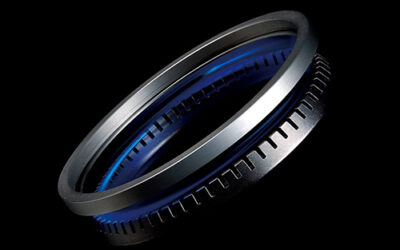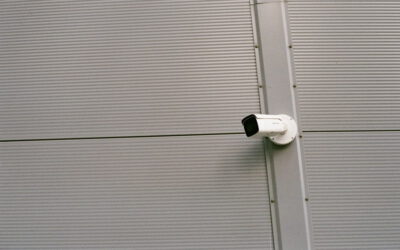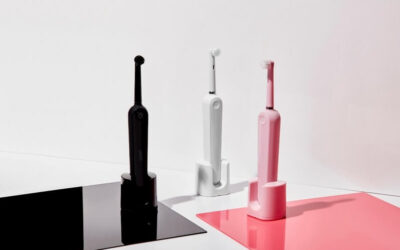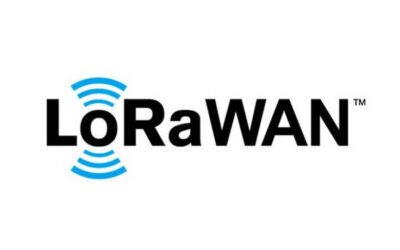How to Use Lasers in Dentistry?

The use of laser in dentistry, though it sounds pretty innovative and unusual, is long enough. The technology was patented and FDA-approved in 1994, meaning that the practice is almost three decades old. Speaking about lasers, we typically mean the use of amplified light emitted from the device as a narrow, concentrated beam caused the soft and hard tissues’ reactions.
But what does laser dentistry offer in comparison with the traditional methods of curing your teeth and gums? And what additional opportunities does it give for laser dental surgery? Here is a detailed review of dental lasers, their benefits for patients and medical professionals, and the variety of options you can make use of.
The Scope of Laser Use in Dentistry

To date, the use of lasers in dentistry is regarded as a safer and more precise method of therapy and surgery. Compared to conventional, mechanical dental procedures, lasers make more precise cuts, remove less tissue, and contribute to a shorter rehabilitation period. Due to these benefits, the use of lasers has spread to the following dentistry areas:
- Tooth whitening
- Tooth decay
- Gum disease treatment
- Reduction of discomfort associated with cold sores and cankers
- Reshaping and removal of gum tissue
- Biopsy for cancer and other diseases
- Removal and modification of bone and gum tissues during crown lengthening manipulations
- Removal of lesions
- Precise and non-traumatic enamel removal
- Old fillings’ repair
Thus, dental laser therapy can be applied in virtually every area of dental services, especially with patients who feel nervous about the drilling sound and have exceptionally sensitive tissues. Dental laser surgery also guarantees more precise and more comfortable procedures for patients. Besides, the use of lasers makes the work with hemophiliac patients simpler as lasers don’t cause excessive bleeding. Other clinical advantages are reduced chances of hospital-acquired infection and reduced pain during the therapeutic intervention.
However, it would help if you kept some cons of using lasers dentistry to make an informed decision about their application, both as a dental professional and a patient.
- Laser therapy cannot be executed on teeth that already have fillings, as a laser can ruin them or cause some discomfort.
- Laser use in dentistry is limited; this method is unsuitable for defective crown removal, teeth preparation for bridges, and cavity filling between teeth.
- In most cases, laser therapy needs to be combined with traditional drilling, which is required to shape the filling, adjust the bite, and polish the final filling.
- Laser procedures are not completely painless, so anesthesia is still required.
- Laser therapy and surgery are several times more expensive than usual drilling, making the procedures unaffordable.
Types of dental lasers
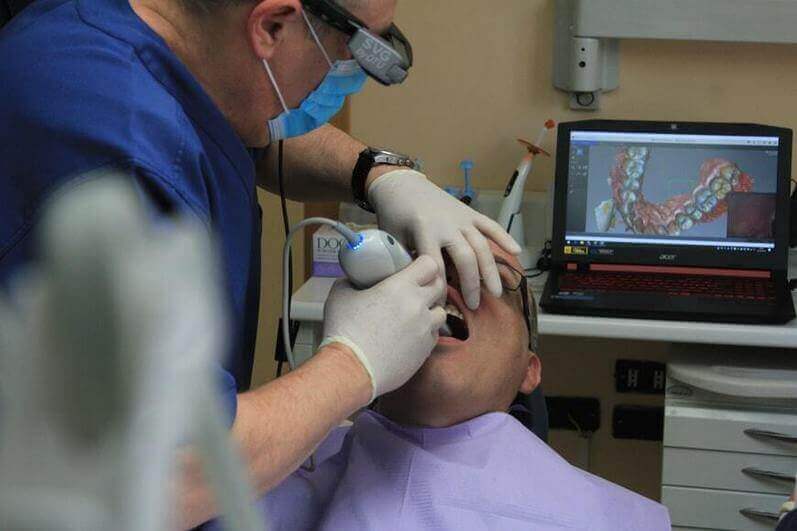
Lasers are different, and even in the dentistry area, you can come across several types thereof, used for various types of therapeutic and surgical interventions. Their primary distinction is between hard and soft tissue lasers, established based on the laser’s abrasiveness degree. Today, you can choose among three laser types for your dentistry business:
#1 Diode Lasers
This type of laser is used to treat soft tissues. It is small in size and usually comes at quite a low cost, which makes it affordable for most dentistry clinics, thus contributing to the spread of this procedure. The interventions you can complete with this laser type include whitening, gingivectomy, and impression troughing. Overall, you can get a variety of intraoral soft tissue manipulations performed with diode lasers today.
#2 Erbium Lasers
Erbium lasers seem to be the most flexible solution for the dentists as they operate on various wavelengths and can be powered by different crystals, thus serving various therapeutic goals. These lasers can be manufactured as YSGG and YAG models, meaning that the first is powered by yttrium scandium gallium and the second one – by yttrium aluminum garnet. They are widely applied in manipulations with hard tissues and reduce the doses of anesthesia required to perform a comfortable dental procedure.
#3 Carbon Dioxide Lasers
Carbon dioxide, or CO2, is highly effective when removing soft tissue. Nevertheless, such efficiency comes with adverse side effects, such as the risk of hard tissue damage, which makes it not much better than the traditional drilling procedure. Besides, this laser is much costlier than other discussed variants, and it takes much space in the medical setting. Its only competitive benefit is the speed of dental interventions guaranteed by minimal tissue penetration.
We Can Help You Develop Laser Hardware for Dentistry
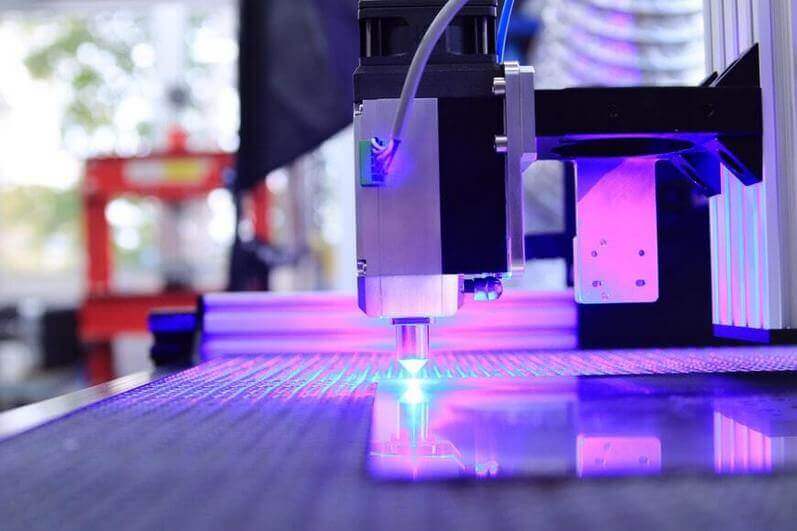
Are you in search of the customized, high-tech laser technologies for dentistry? ADUK has a lot to offer in this area. You can make use of our innovative embedded hardware, laser aligner cutter, to conduct precise and quick cutting of dental aligners from the carrier film. Besides, ADUK engineers can develop white-label dentistry laser treatment devices to take the quality of your services to a new level. Contact our managers today to learn the whole spectrum of available services and options adjustable to your dentistry business’s needs, budget, and scale.
Read our other interesting article here.
Recent Posts
- What Is an Exoskeleton Suit?
- Where can you use an ultrasonic motor?
- Smart Camera: System That You Can Use for a Wide Variety of Purposes
- Why Is the Smart Toothbrush Better Than a Regular One?
- Microcontrollers: An Integral Part of Embedded Hardware
- Air Quality Monitoring System: Why It’s So Important in Modern Realities
